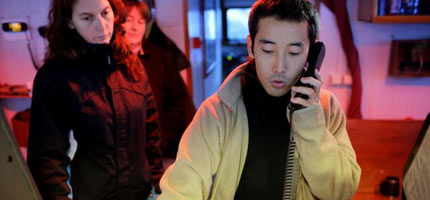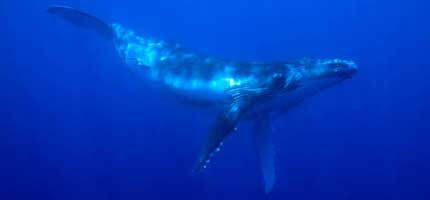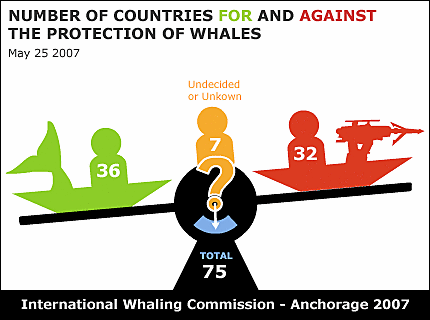
Greenpeace campaigner Sakyo Noda contacts the Japanese whaling fleet
Good news from Esperanza, our ice-class vessel on patrol in the Southern Ocean Whale Sanctuary. Yesterday the Espy had a face to face encounter with the Japanese whaling fleet's factory vessel, the Nisshin Maru, which was confronted close to the ice edge. As soon as they realised that we were in the area, the whalers put on speed and tried to get away.
After a high speed chase over hundreds of miles through fog and increasingly rough seas (see video clip below), the Esperanza this morning pursued the whalers north of the over the 60 degrees latitude mark - out of the Southern Ocean hunting grounds. The catcher vessel Yushin Maru also followed suit.








